
Look no further, as it is our main mission at Group 107 to make your teams come true.
Join the dozens of our satisfied customers; startups, technology companies and marketing agencies on the road to growing your employee portfolio and effectively vamping up your business.
Group 107 is here to provide you with a dedicated team of offshore software developers, data analyzers, digital marketing wizards and basically any team member of your desire, in order to make sure you are scaling up at your desired pace:
TOP IT talents from Ukraine
Up to 60% savings on
general labor cost
No resource sharing – your team, your tech, your IP
Complete and full transparency
throughout the entire process
Ready to take your business to the next level with AI integration?
Time to grow beyond your expectations. We bring you relevant traffic, relevant conversions, at scale.


Streamline your software development processes with our advanced expertise and IT infrastructure!
Ready to take your business to the next level with AI integration?
Time to grow beyond your expectations. We bring you relevant traffic, relevant conversions, at scale.
Streamline your software development processes with our advanced expertise and IT infrastructure!

Startup? Looking to kickstart your project but need some assistance in defining your technical scope? Thanks to our extensive entrepreneurial background we are able to offer an extensive program including technical support and development. We can join your project at any stage: from the very beginning to MVP or right before market launch while providing professional technical and marketing teams to ensure your ideas come to life.
Get an agile team of premium IT specialists working directly for you and fully integrated as part of your company. Your team, your management with zero interruptions and maximum delivery.

Get an agile team of premium IT specialists working directly for you and fully integrated as part of your company. Your team, your management with zero interruptions and maximum delivery.


Startup? Looking to kickstart your project but need some assistance in defining your technical scope? Thanks to our extensive entrepreneurial background we are able to offer an extensive program including technical support and development. We can join your project at any stage: from the very beginning to MVP or right before market launch while providing professional technical and marketing teams to ensure your ideas come to life.
Hiring your dream team for complex software development and support services. You tell us your idea and vision and we will take care of everything else: from the business forecasting, planning, staffing your development team and support after the launch, as well as promotion and market delivery.



Their fast deliveries, effective project management, and quality of work were quite impressive.

They found solutions to multiple issues discovered during the process and responded consistently.

We’re impressed with their dedication to providing the best possible products.

This cooperation contributed to our company a large and established team of professionals, also a significant cost reduction in comparison with Israel.

While going through the hiring process I was very impressed by the qualification level of the people they brought to the table, they deliver a great service.

I enjoy working together with Group 107, they provide us with a great service, good people to work with and generally a great professional work environment.

The skills of our employees, communication, level of service, responsiveness and ongoing relationship with the Group 107 staff has been nothing but exceptional.

Working with Group 107 was one of our best decisions we’ve made as a bootstrap startup, by helping us build our team which in return really grew our product.

I find Group 107 very professional, accurate in our candidate profile understanding and due to that we have created an amazing team with qualitative human capital.


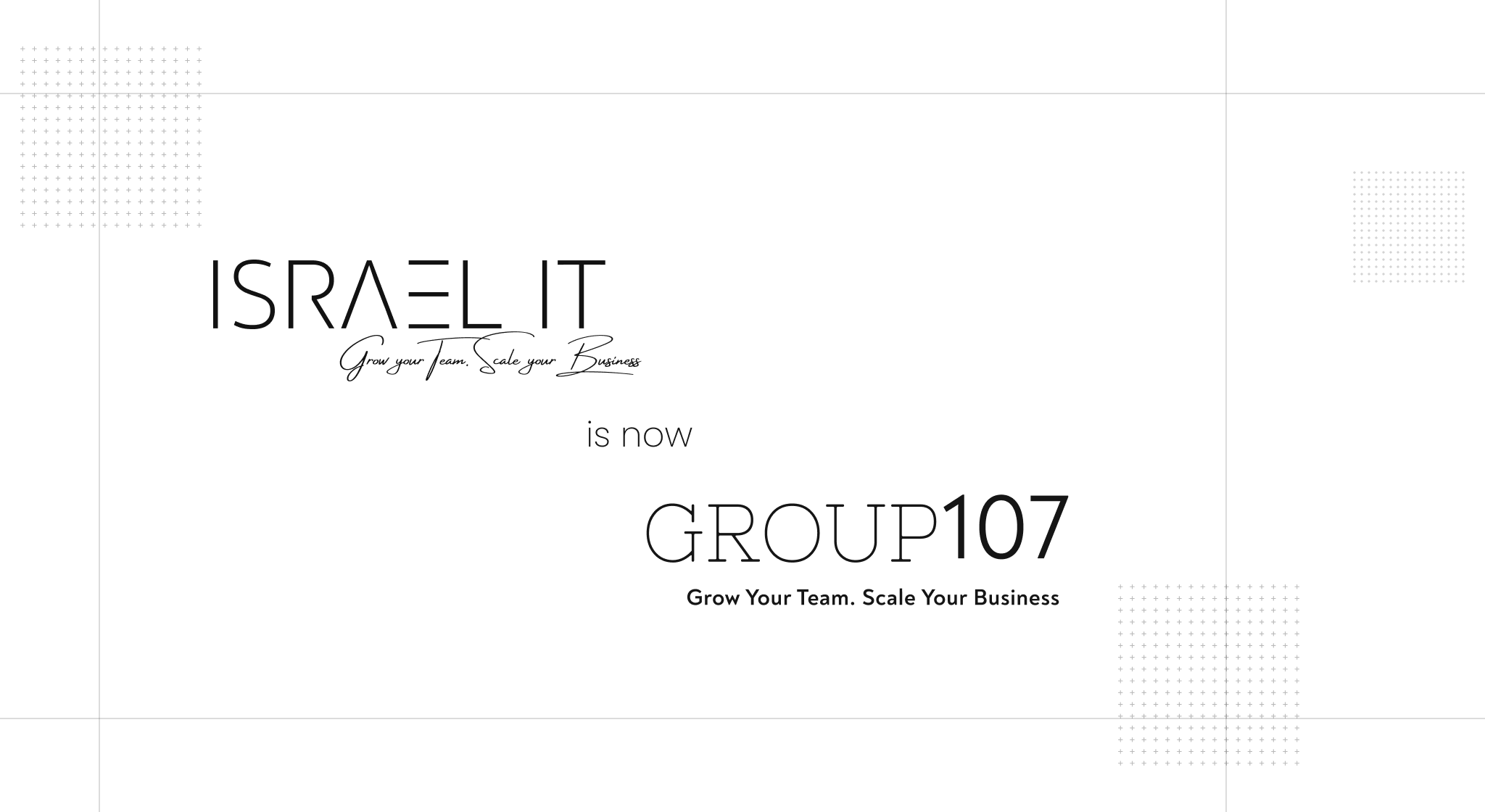
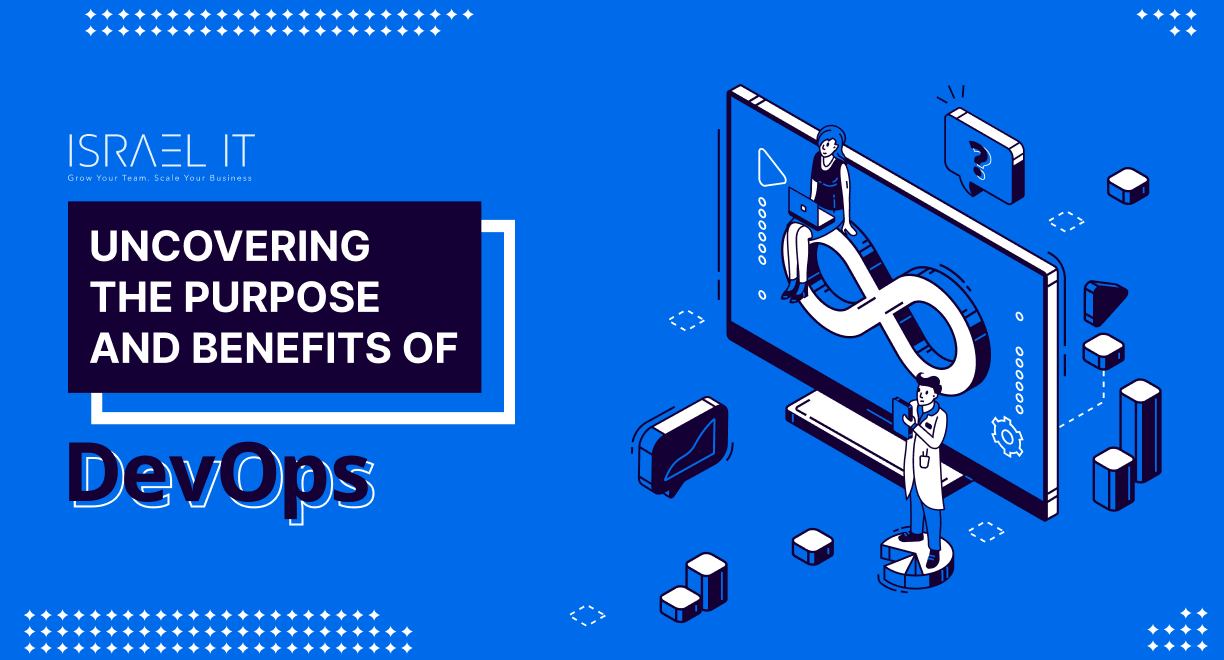
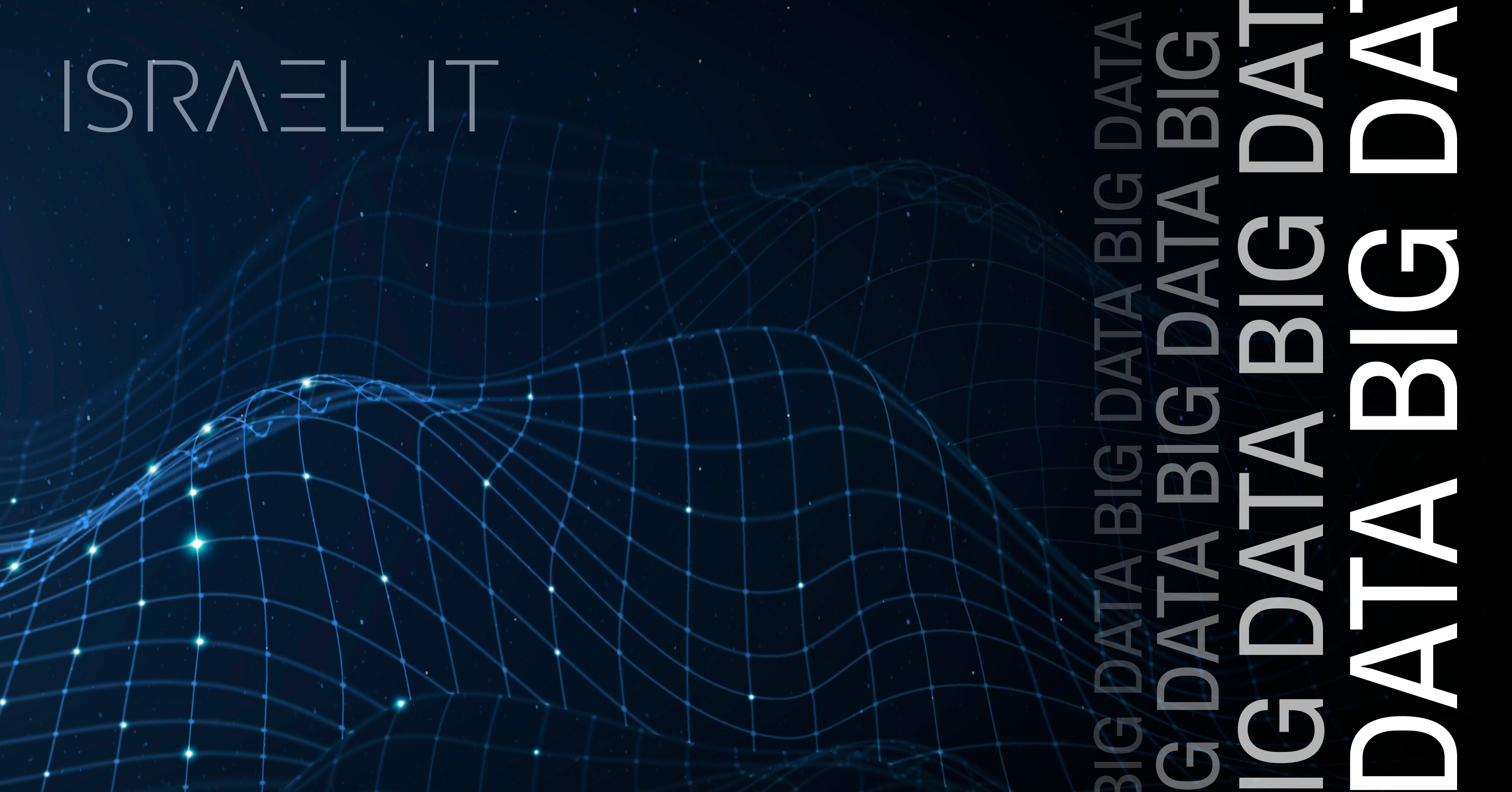
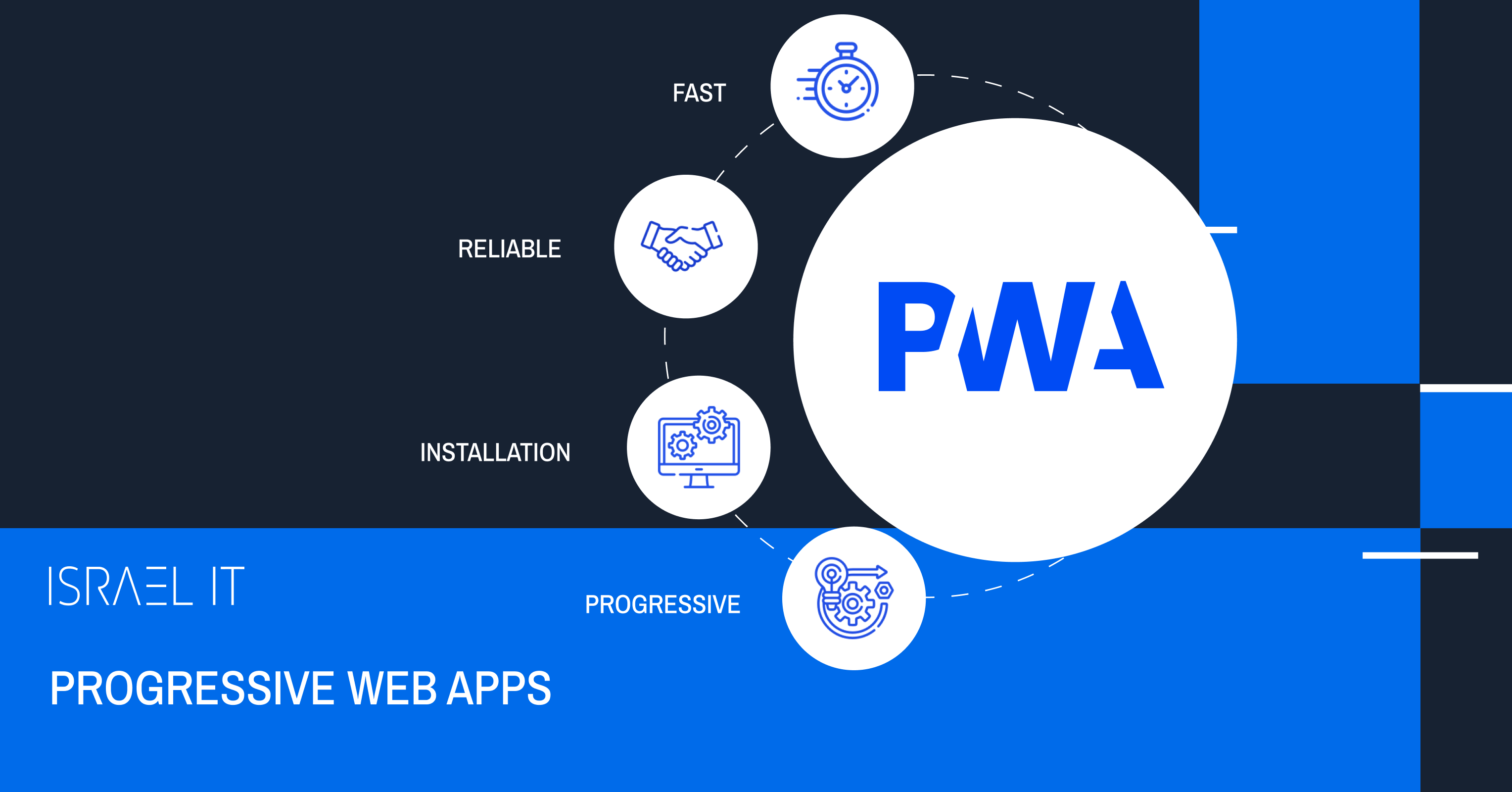

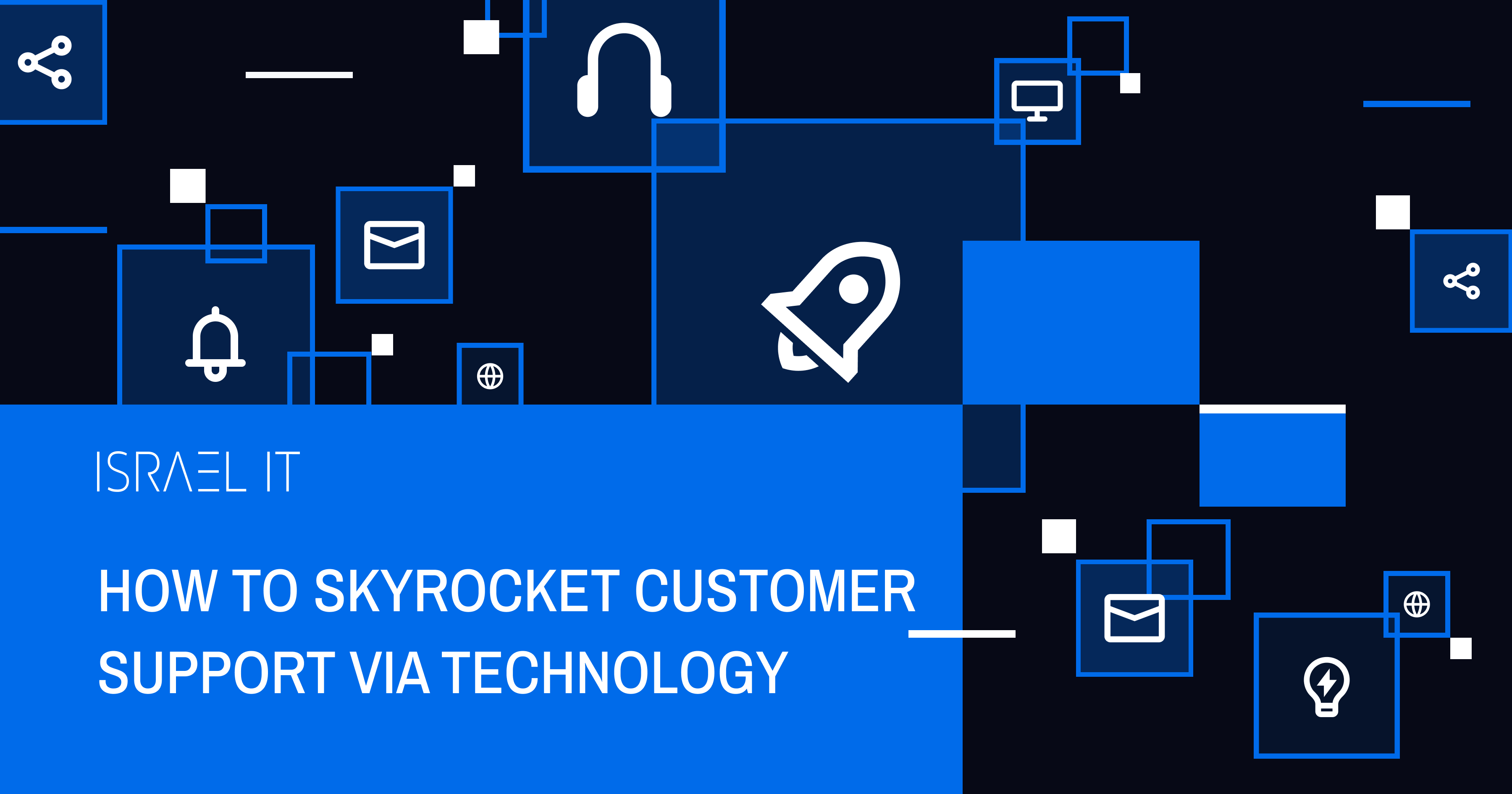
Copyright © 2024 Group 107 | Privacy Policy | Accessibility statement

They had a great balance between the way they do things and the deliverables.